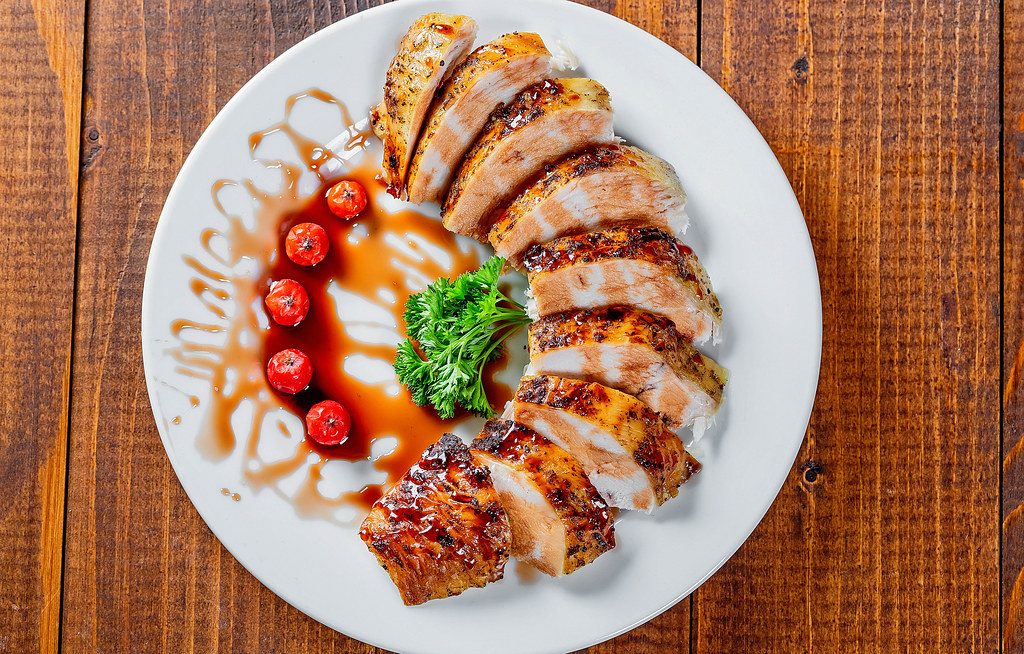
In the world of coffee, roasting is not just a process; it’s a pivotal journey that defines the very soul of your brew. Every coffee enthusiast knows that the journey from green, unassuming beans to rich, aromatic grounds involves more than just a simple step. It’s an art—an alchemy, if you will—where heat meets bean, and a plethora of flavours are born. Let’s embark on a deep dive into the transformative world of coffee roasting and uncover how this crucial step impacts every sip you take.
The Chemistry of Roasting: A Flavorful Alchemy
At the heart of coffee roasting is a complex chemical ballet, where heat catalyses a series of reactions that develop and define a coffee’s flavor profile. The Maillard reaction and caramelization are the stars of this show, transforming simple sugars and amino acids into rich, complex flavours ranging from sweet and fruity to bold and smoky.
The Maillard Reaction: Named after the French chemist Louis-Camille Maillard, this reaction occurs when sugars and amino acids in the coffee bean react under heat, creating brown pigments and a myriad of flavor compounds. It’s the Maillard reaction that gives coffee its distinctive taste and aroma, producing flavours as varied as chocolate, nut, and spice.
Caramelization: As the roast progresses, sugars within the bean start to caramelise, contributing to the coffee’s sweetness and body. This process intensifies the darker the roast, adding depth and richness but also, potentially, a hint of bitterness.
The Spectrum of Roasts: From Light to Dark
The roasting spectrum from light to dark is not just about colour—it’s about unlocking the bean’s potential flavor profile.
Light Roasts: These roasts celebrate the bean’s original character, highlighting its inherent acidity and preserving its delicate floral and fruity notes. Ideal for those who appreciate the nuanced flavours indicative of a coffee’s origin.
Medium Roasts: A balance between acidity and body, medium roasts bring out the bean’s sweetness while introducing more complexity into the cup. This roast level is often preferred for its versatility, offering a harmonious blend of flavours.
Dark Roasts: At this end of the spectrum, the roast’s character takes centre stage, imbuing the coffee with rich, bold flavours of dark chocolate and smoky woods. While some origin characteristics might be overshadowed, the result is a robust cup with pronounced bitterness and less acidity.
Tailoring the Roast to Your Palate
Choosing the right roast is a personal journey, one that aligns with your flavor preferences and brewing method. While espresso aficionados might lean towards medium to dark roasts for their concentrated flavours and solubility, pour-over purists often favour light to medium roasts for their clarity and complexity.
Beyond the Bean: Sustainability and Roasting
As we delve deeper into our coffee choices, the impact of roasting extends beyond taste. The method and energy used in roasting contribute to coffee’s environmental footprint. Roasteries focusing on sustainability are exploring energy-efficient roasting techniques and ethical sourcing, ensuring that our morning ritual supports not only our senses but also the planet.
Crafting Your Coffee Narrative
Understanding the nuances of coffee roasting empowers you to curate your coffee experience, transforming each cup into a personal narrative. Whether you’re experimenting with home roasting or exploring the offerings of artisanal roasteries, remember that each bean tells a story—a story shaped by the hands of the farmer, the skill of the roaster, and the palate of the drinker.
In this journey from bean to brew, coffee roasting stands as a testament to the craft and care that goes into every cup. So, the next time you savour your coffee, take a moment to appreciate the roast—the pivotal chapter that brings the bean’s story to life.
10 FAQs for How Roasting Defines Your Coffee!
What does the coffee roasting process involve?
Roasting coffee transforms green coffee beans into the aromatic brown beans we use to brew coffee. It involves applying heat to the beans, causing chemical and physical changes that develop the flavours and aromas.
How do different roasting levels affect coffee flavour?
Light roasts retain more of the bean’s original flavours, often resulting in a brighter acidity. Medium roasts offer a balanced flavour, aroma, and acidity. Dark roasts feature a pronounced bitterness with deeper, smokier flavours.
Can the roast level affect the caffeine content in coffee?
The caffeine content is relatively stable across roasting levels. However, since dark roasts are denser, a scoop of dark roast coffee would have slightly less caffeine than a scoop of light roast.
Why do some coffees taste fruity or floral?
Fruity and floral notes are characteristic of light roasts and specific bean origins. These flavours are inherent to the beans and more pronounced in light roasts that don’t undergo extensive caramelization.
Is it possible to roast coffee at home?
Yes, you can roast coffee at home using a variety of methods, from simple pan roasting to using a dedicated home coffee roaster. It requires careful attention to timing and temperature.
What’s the best way to store roasted coffee beans?
Store roasted coffee beans in an airtight container at room temperature, away from direct sunlight, moisture, and heat to preserve their freshness and flavour.
How soon after roasting should coffee be consumed?
Coffee is best consumed within a few weeks of roasting to enjoy its freshest taste. It generally needs to rest for about 48 hours after roasting before being brewed to allow gases to escape.
What does ‘first crack’ and ‘second crack’ mean in coffee roasting?
The “first crack” is a popping sound indicating the bean structure is breaking down, marking the start of light roasts. The “second crack” is a sign of entering dark roast territory, with a more intense cracking sound as the beans’ structure further breaks down.
Can the type of roasting machine affect the flavour of coffee?
Yes, different roasting machines can impact the flavour profile of coffee through the way they apply heat and circulate air, affecting the bean’s development and the evenness of the roast.
Are there any health benefits or risks associated with coffee roasting?
Roasted coffee contains antioxidants, but dark roasts may produce acrylamide, a compound with potential health risks. Moderation is key, and the overall health impact of coffee is considered positive for most people.
Blog Tags
coffee roasting, flavour profiles, caffeine content, home roasting, bean storage, first crack, second crack, roasting machines, health benefits, antioxidant content













